Strategies to Protect a National Treasure
Florida Keys National Marine Sanctuary is a special place, with spectacular and unique resources like coral reefs, shipwrecks, seagrass beds, and fisheries that are the source of commercial and recreational activities. Over the last 30 years, using public input and scientific and socioeconomic data, sanctuary managers have designed projects and programs to address impacts, pressures, and threats to ensure a thriving Florida Keys ecosystem.
Establishing a Sanctuary in the Florida Keys
In the 1980s, oil drilling was being proposed within waters of the Florida Keys. Local residents, concerned about the impacts of offshore drilling and the possibility of large vessels running into the reef, campaigned to ensure this unique ecosystem would be protected for generations to come. On November 16, 1990, President George H.W. Bush signed the Florida Keys National Marine Sanctuary and Protection Act into law, forming a new sanctuary in the Florida Keys. With this designation, protective measures were put in place to prohibit oil exploration or mining and many other types of activities that would alter the balance of the ecosystem.
One action that was taken immediately was establishing an Area to Be Avoided zone, which helped protect the fragile ecosystem by prohibiting vessels larger than 164 feet (50 meters) from entering shallow coastal waters. This action ensured history would not repeat itself after three large ships ran aground on the coral reef within one month in 1989. Since that time, there have been no large commercial ship groundings on Florida Keys reefs.
Over the next several years, the sanctuary worked with local stakeholders to identify the best ways to manage this complex ecosystem. The result of more than 6,000 public comments and hundreds of scientific studies was a sanctuary management plan and the first comprehensive marine zoning scheme in the nation. This management plan, established in 1997, was designed to protect and preserve sensitive parts of the ecosystem while allowing activities that are compatible with resource protection.
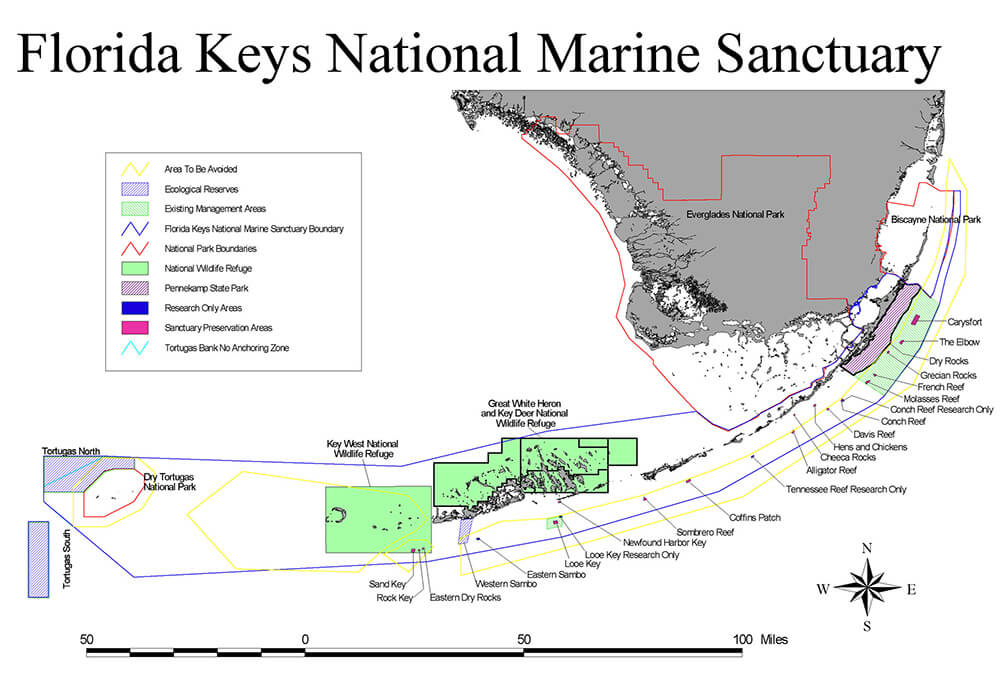
In 2007, the sanctuary revised this management plan, and received only a few dozen comments, indicating that the extensive public involvement throughout the creation of the original plan succeeded.
The Role of Clean Water
Water quality is the key element that unites all sanctuary resources and is essential to maintaining the richness and diversity of its varied environments. Recognizing this importance, the legislation that created the sanctuary also created a comprehensive Water Quality Protection Program. The sanctuary works with managers from the U.S. Environmental Protection Agency and Florida's Department of Environmental Protection to better understand how humans have an impact on water quality and how those changes affect sanctuary habitats.
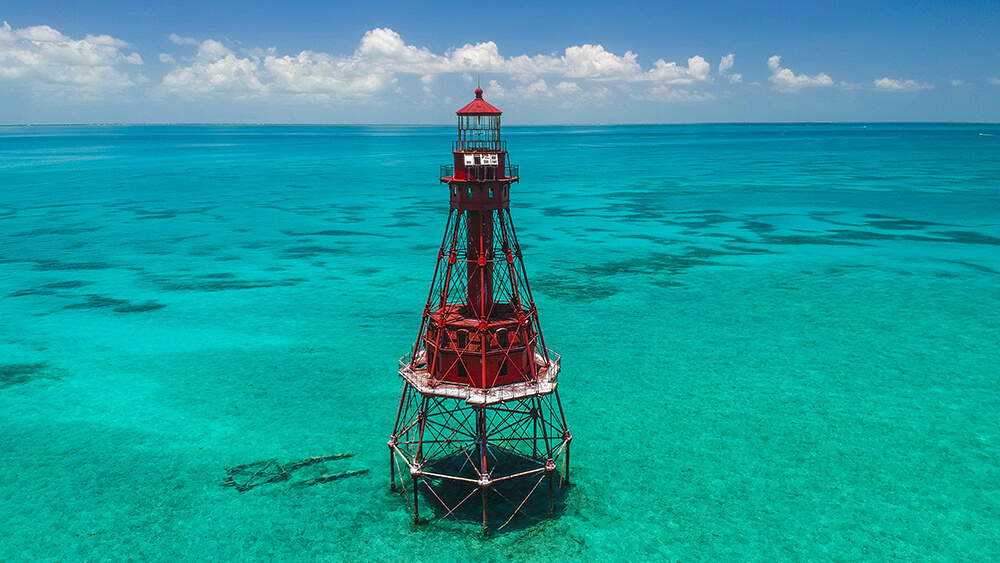
Over the last 30 years, the Water Quality Protection Program and its partners have succeeded in implementing projects to improve and protect water quality in the Florida Keys, including canal water quality improvements, research and monitoring, and the development of educational materials. The program also worked to eliminate vessel discharge by designating all state and federal waters within the sanctuary as a "no discharge zone," which prohibits dumping boat sewage. As a result, thousands of gallons of water containing nitrogen, phosphorus, and pathogens are being kept out of the waters of the Florida Keys each year.
Water quality, seagrass meadows, and coral reefs have been monitored in the sanctuary since the mid-1990s. Data from these long-term monitoring programs have been useful in understanding the complex water quality and ecological balance of the marine ecosystem in the Florida Keys. Special studies through the Water Quality Protection Program have helped scientists and managers better understand a host of topics including groundwater seepage, the effects of mosquito control measures on non-target animals, human pathogens in canals, and the effects of pharmaceutical drugs in the water on marine life.
The Water Quality Protection Program also aims to educate residents and visitors about steps they can take to improve water quality in the Florida Keys and beyond.
Creating Large Scale "No Take" Marine Protected Areas
Since 1997, the Western Sambo and Tortugas Ecological Reserves have been studied by scientists to determine how protection has affected marine life. Protection of shallow reefs, deep reefs, mangrove forests, seagrass beds, sandy bottom, hard bottom, and other habitats supports the diversity of marine life associated with the Florida Keys coral reef ecosystem and represents an ecosystem-based approach to resource management.
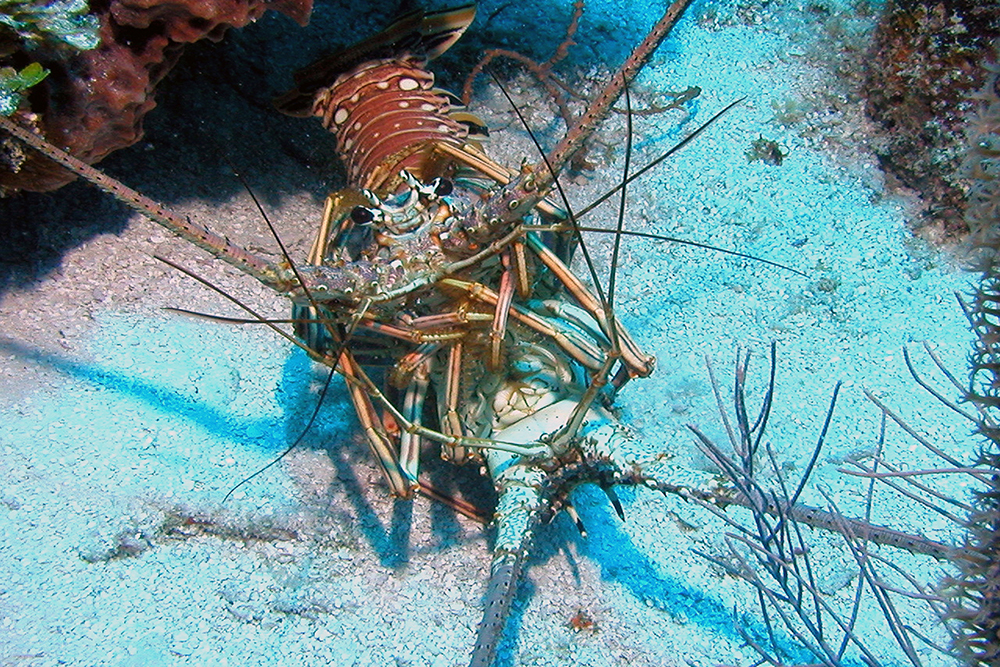
In one of many studies, scientists researched lobster populations before and after reserve protection. Five years after reserve establishment, studies showed an increase in the number of large adult spiny lobsters. After 10 years of protection, large lobsters were significantly more abundant within the reserve when compared with similar sites outside of the reserve. Larger lobsters produce more larvae that repopulate the rest of the reef outside the reserve. That is a success for the reserve, and for your dinner table!
The Tortugas Ecological Reserve, established in 2001, protects sandy bottom, seagrass beds, hard bottom, and coral reef habitats. This reserve contains reef fish spawning grounds and the deepest coral reefs in the sanctuary, and is considered a source of larvae for multiple species that live within Florida Keys marine habitats. Studies show that after 10 years of reserve protection, the black grouper population increased significantly, and there was a higher proportion of large black grouper (greater than 24 inches) within the reserve.
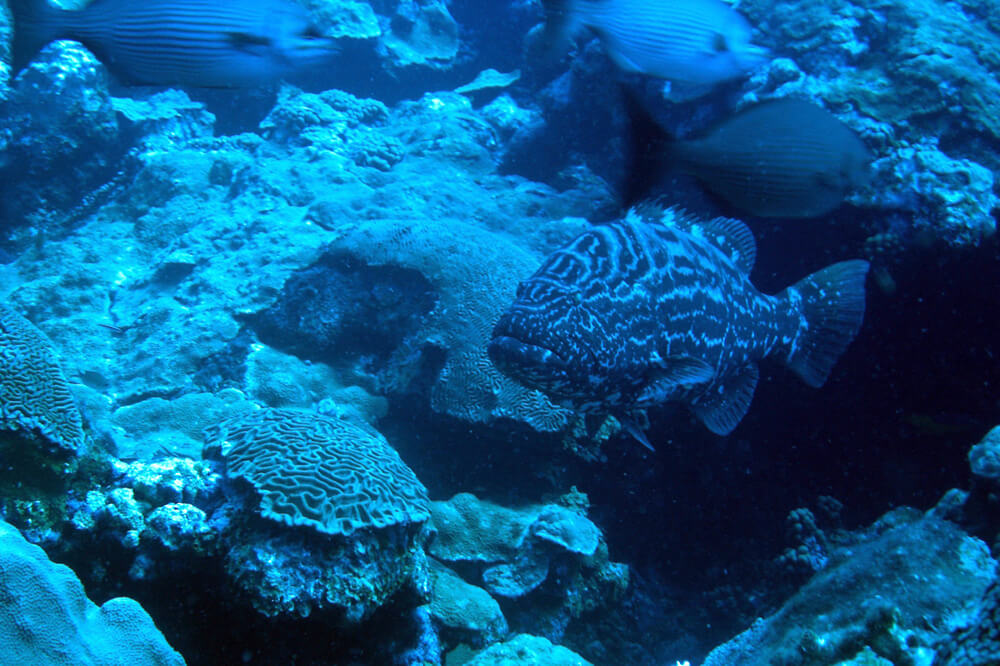
Reserve protection also helped restore the important reef fish spawning grounds in the Tortugas Ecological Reserve. After nine years of reserve protection, scientists there witnessed the gathering of thousands of spawning mutton snapper for the first time in years.
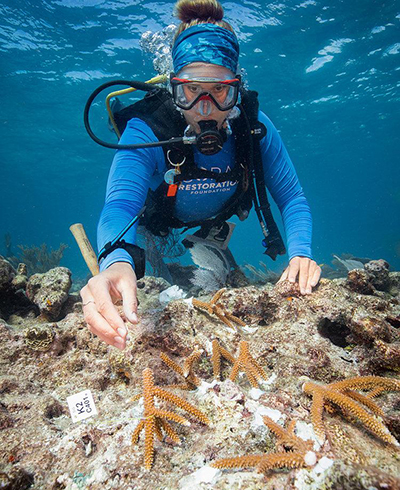
Research Is Ongoing
Since establishment, the sanctuary has supported critical research projects by private and public institutions, non-governmental organizations, and individuals to further understanding of sanctuary resources. Key areas of scientific investigation include coral health and restoration, disease vectors and treatments, status and trends of keystone species such as sea turtles and sharks, and climate change impacts such as ocean acidification.
Permitting sanctuary partners to undertake projects that benefit the underwater environment of the Florida Keys is another important goal of the sanctuary. Since 2004, over 1,000 projects have been permitted including marine debris cleanups, educational class field trips, and invasive species removal. These projects improve the condition and further the community's understanding of sanctuary resources.

